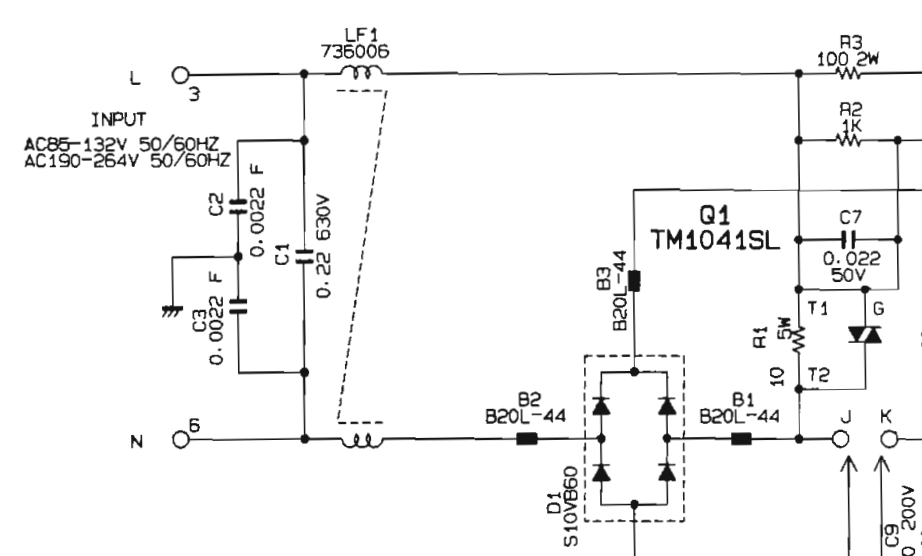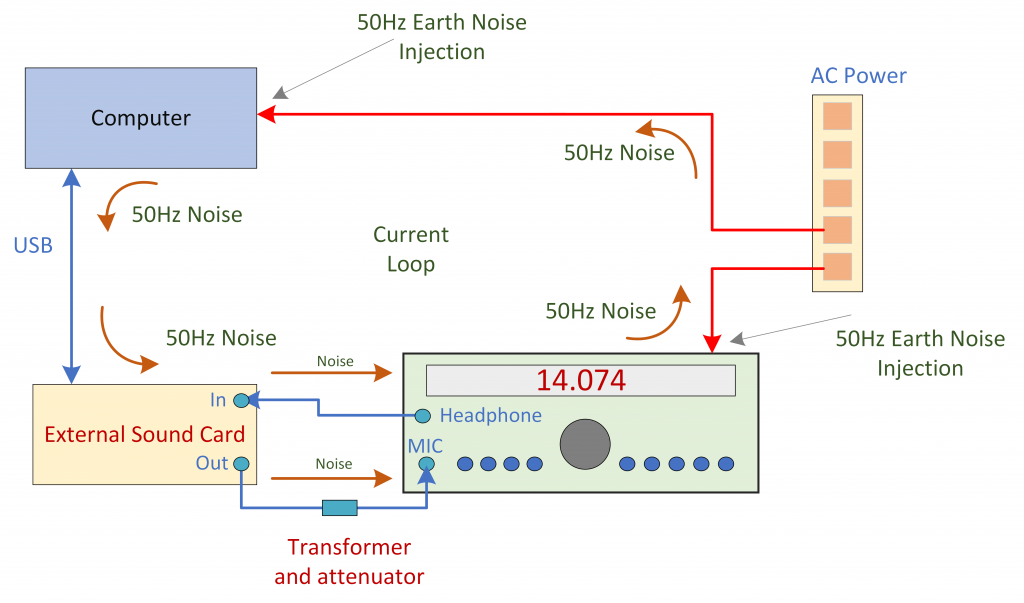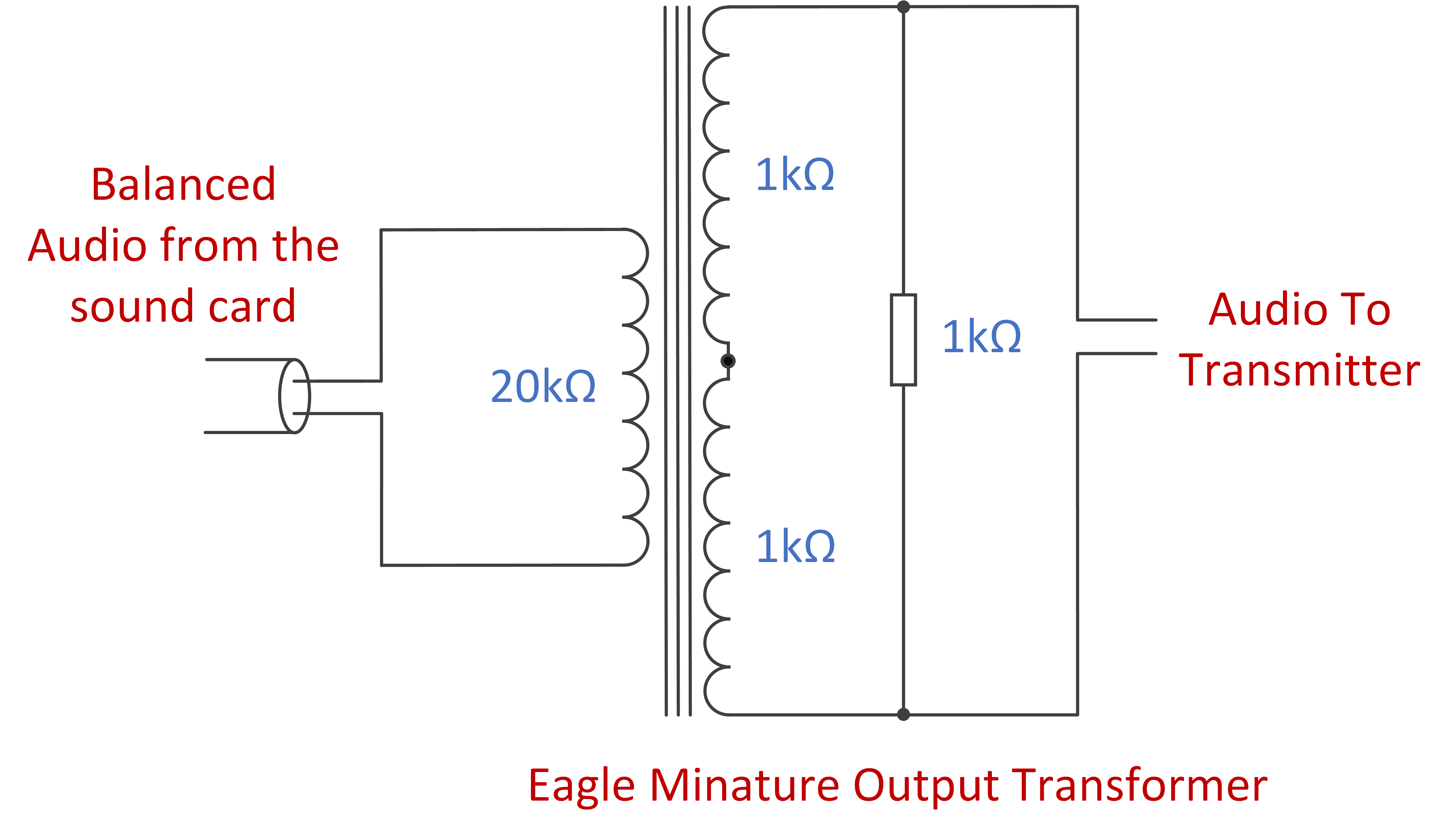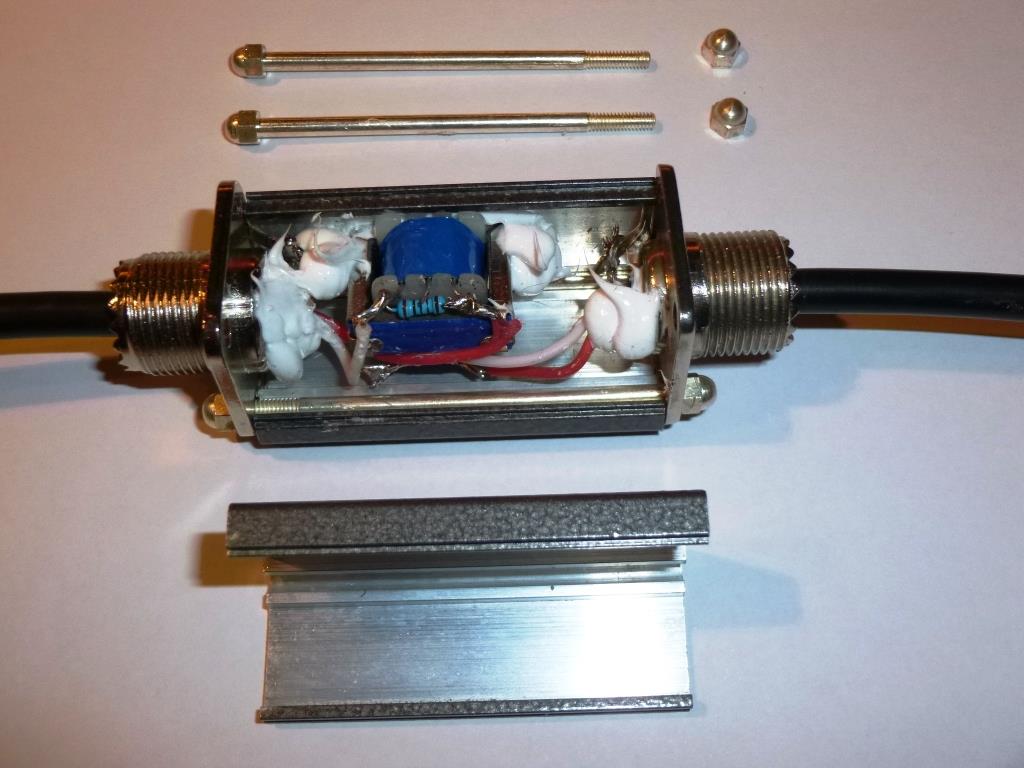My first attempt at transmitting FT8 resulted in unnecessary noise on the band. This was generated by harmonics of the 50 Hz supply. I connected the sound card output to the microphone input without an interface. It worked, of course, but hum induced in the microphone input was unacceptable. It is easy to check by monitoring it on a second receiver.
The best way to avoid this problem is to use a modern transceiver with a built-in sound card. This connects to the computer by USB and avoids the 50 Hz problem completely. However, for an older transceiver, a (cheap preferably) interface is required.
In the UK, whenever an item of equipment such as a radio or computer is connected to the UK AC supply, 50 Hz related currents are injected into the supply safety earth. The diagram below shows how this can occur. This is the input circuit of the FT-1000MP transceiver, as an example, but it is also typical of most types of equipment.

The 0.0022 uF capacitor C2 is designed to bypass and minimise the egress and ingress of RF emanations. It connects between the 230 V live and the earth connection and results in a 50 Hz current of approximately 0.159 mA injected into the earth connection. Ideally, any current drawn on the live should return on the neutral – the earth connection should not carry current.
This current conducts on any path available including interface cables and can form a current loop formed by the radio, computer and the interface cables. Ultimately, a proportion of this current will travel through the microphone cable that feeds the transmitter.
You may think that as long as the microphone cable is shielded then it will be ok. However, the skin depth of copper at 50 Hz is about 8 mm! Hence, any 50 Hz current on the microphone cable will saturate the shield resulting in voltage drops and hum. It is very difficult to avoid.

Some amateurs advocate a heavy duty ‘shack earth bar’ to bond all the equipment to a common point. This provides an alternative path for these currents. This can reduce the hum but it will not eliminate it completely – I tried it but the hum still persisted.
One solution is to place an audio transformer in the microphone lead. I used an Eagle Miniature output transformer available from eBay. It was originally intended to provide push pull drive for a pair of transistors in an audio amplifier. It has a primary of 20 kΩ and two centre tapped secondaries each 1 kΩ. As well as providing a desperately needed step down ration of approximately 3.16, it breaks the 50 Hz current loop removing all traces of hum completely.


The 1 kΩ resistor helped reduce the output voltage further to a level suitable for the FT-1000MP microphone input. The quality of audio through the transformer is excellent and quite suitable for SSB usage. The sound card, in my case, is a Scarlet 2i2 sound card. This is a professional grade 24 bit audio pre-amplifier that can accept balanced XLR or unbalanced input. The output is a balanced source that drives the transformer very nicely.

The main reason for using the Scarlet is that it is a very competent device and appears to be naturally resilient against RF ingress. As an additional precaution, it is prudent to wind part of the USB cable onto a high permeability core such as an FX2400-31 or similar. Material 31 is high permeability and so 10 turns provides a significant common-mode impedance that helps reduce RF circulating current. This does not reduce 50 Hz components of course! The ferrite core increases the station immunity significantly and reduces the friskiness of the transmitter particularly on high power.

The above photograph shows the construction of the microphone transformer. The cable screen is terminated where it enters the box on each side. The internals are held together by silicon goo. To avoid shorts, I use a flat piece of thin plastic that slips under the transformer and wraps around the front so the lid cannot touch the terminals. It looks awful but works a treat.
73 Chris